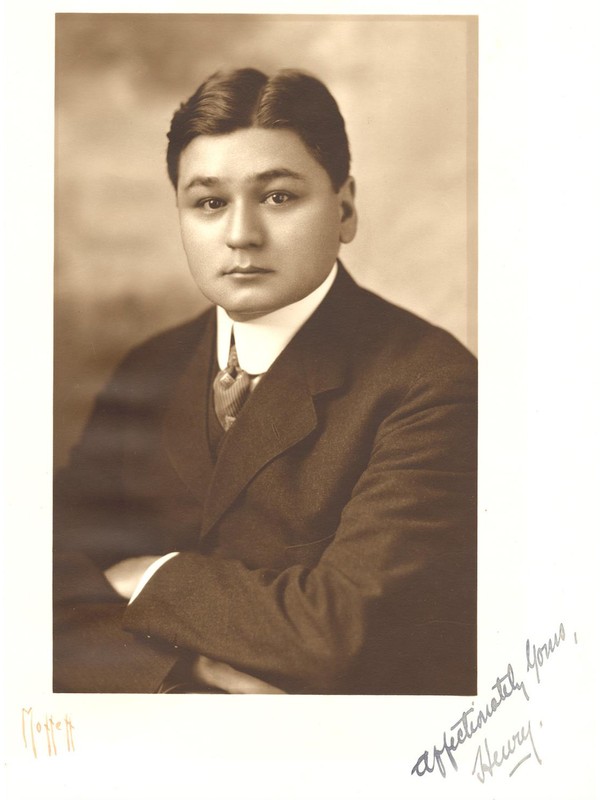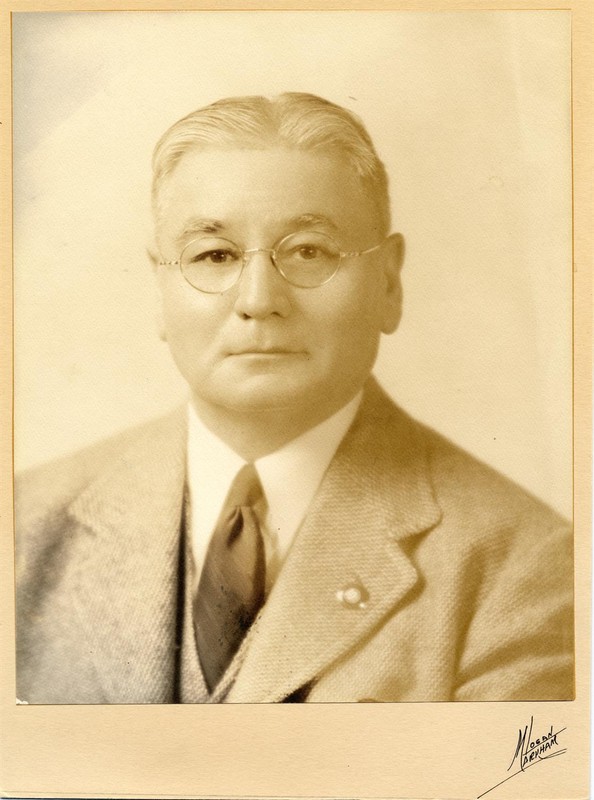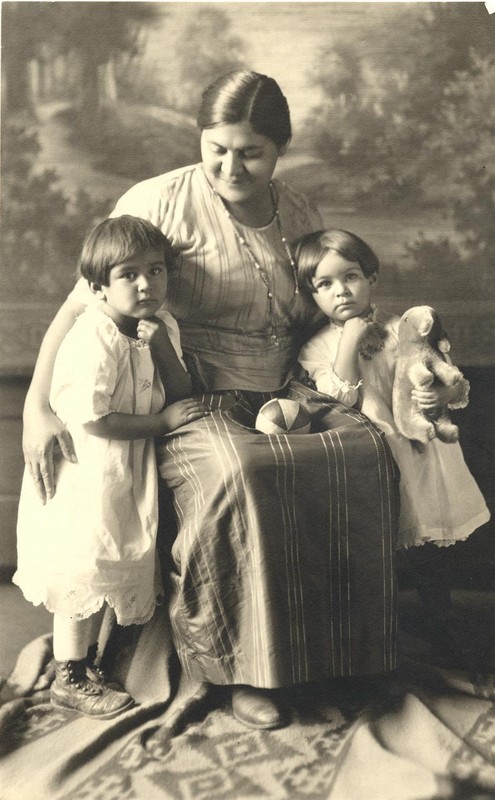American Indian Institute (The Roe Indian Institute)
Introduction
Text-to-speech Audio
The Roe Indian Institute, later renamed the American Indian Institute, was the first all-Indian high school in the United States. The school was established by Henry Roe Cloud (Wohnaxilayhungah) (c.1884–1950) of the Ho-Chunk Nation of Nebraska. Roe Cloud believed that education was necessary for Native Americans to succeed in American society, so he created the Roe Indian Institute in Wichita. Designed as a college preparatory school for Native Americans, it was in operation from 1915 to 1935 and, at the time, was the only college preparatory school ran by and for Native Americans.
Images
American Indian Institute (Roe Institute) from Above, Wichita, Kansas.
%20from%20Above%2C%20Wichita%2C%20Kansas.jpg)
American Indian Institute (Roe Institute) from Above, Wichita, Kansas. Annotation on Back American Indian Institute (Roe Institute) Wichita, Kan.
%20from%20Above%2C%20Wichita%2C%20Kansas_back.jpg)
Henry Roe Cloud as a young man.


Elizabeth Bender Roe Cloud with Marion and Anne Woesha, c. 1920.

Backstory and Context
Text-to-speech Audio
In the fall of 1915, the Roe Indian Institute (later renamed the American Indian Institute in 1920) opened in Wichita as the first all-Indian high school in the United States. The school was established by Henry Roe Cloud (c. 1884–1950) of the Ho-Chunk Nation of Nebraska. Originally named Wohnaxilayhungah, Roe Cloud attended government run vocational schools before attending Yale University—the first Native American to do so. He graduated from Yale in 1910 earning a bachelor’s degree and a divinity degree in theology from the Auburn Theological Seminary.
In 1914 at the Fourth Annual Conference of the Society of American Indians (SAI) held in Madison, Wisconsin, Roe Cloud met is future wife, Elizabeth Bender (Ojibwa). Both were young and enthusiastic advocates for civil rights for Indigenous people—including access to higher educational opportunities. Roe Cloud believed that education was necessary for Native Americans to succeed in American society, so he created the Roe Indian Institute in Wichita, designed as a college preparatory school for Native Americans. Roe Cloud selected Wichita as the location for the preparatory school in part because of the centralized location among Native Americans in the United States. In 1916, Bender and Roe Cloud married, and she left her own teaching career to join Roe Cloud in Wichita to help run the American Indian Institute (A.I.I.).
The A.I.I. was in operation from 1915 to 1935 and was at the time the only college preparatory school ran by and for Native Americans. Students were encouraged to speak their tribal languages and decorate their living quarters with Indigenous art and reminders of their cultural heritage. The school was in sharp contrast to the Bureau of Indian Affairs which denied educational opportunities for students beyond the eighth grade. Most education for young indigenous peoples centered on skill making, like cooking for girls and carpentry for boys, rather than college prep.
Most students enrolled at A.I.I. were from Oklahoma. The school’s enrollment reached its peak in 1921 with 46 students. Once established, funding came from Indigenous patrons, Wichita donors, the Kansas Chapter of the Daughters of the American Revolution, and various churches. The Roe Clouds were popular with students, promoted Indigenous voices and points of view, and often volunteered or were recruited to participate in national Native American educational and civil and voting rights movements. Finding themselves increasingly busy on the national stage, the Roe Clouds decided to hand control of A.I.I. to the Board of National Missions of the Presbyterian Church in 1927 and in 1933 couple moved to Lawrence, where he became the first Indigenous President of Haskell Institute, now known as Haskell Indian Nations University. With the onset of the Great Depression and the loss of the charismatic Cloud family, enrollment declined, and A.I.I.’s doors closed in 1939.
The former institute property in Wichita went by the wayside over the years until only the dormitory building remained. It was demolished in the 1990s and replaced with the Phi Delta Theta fraternity house, now standing at the corner of 21st and Bluff. The Cloud family's name lives on in the community in Henry Roe Cloud Elementary School on 25th Street, built in 1953.
Sources
https://www.kshs.org/publicat/history/1988autumn_crum.pdf
https://lindquist.cul.columbia.edu/catalog/burke_lindq_060_1435
https://lindquist.cul.columbia.edu/catalog/burke_lindq_060_1435
https://lindquist.cul.columbia.edu/catalog/burke_lindq_060_1435
Roe Family Papers (MS 774). Manuscripts and Archives, Yale University Library. https://hdl.handle.net/10079/digcoll/4339625
Roe Family Papers (MS 774), Manuscripts and Archives, Yale University Library.
